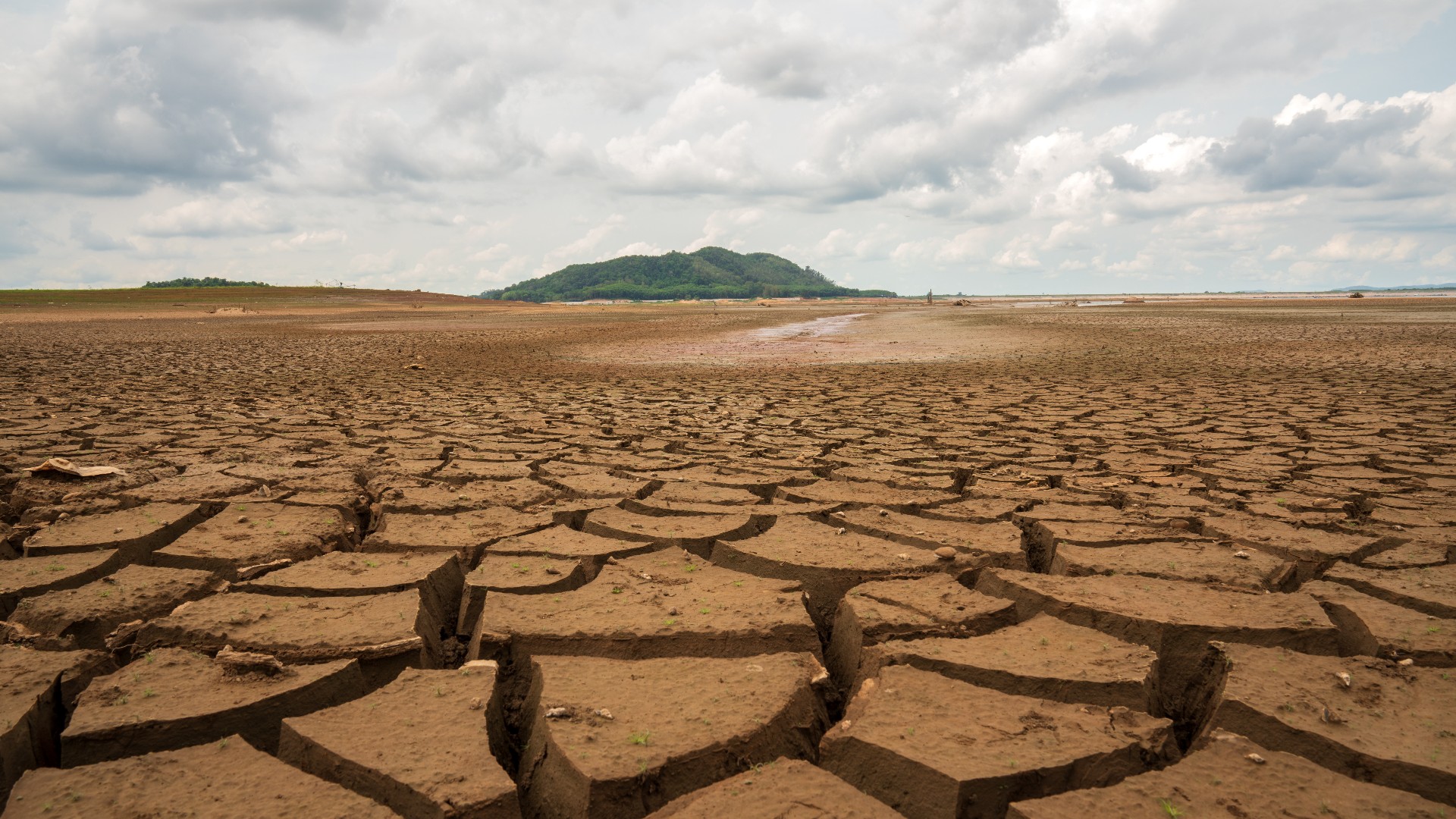
[ad_1]

An intense drought that has persisted on Earth for over two decades is now thought to have affected gravity waves where our planet’s atmosphere meets outer space.
The discovery happened by chance as a region in the southwest U.S. transitioned to drought conditions in 2000. Researchers Chester Gardner of the University of Illinois and Chiao-Yao She of Colorado State University were already keeping an eye on the upper reaches of Earth’s atmosphere with LIDAR (Light Detection and Ranging) when they observed a 30% decrease in gravity waves after the Southwestern North American (SWNA) megadrought began.
“We never expected to make observations that would yield some insight into how a drought might affect Earth’s upper atmosphere,” Gardner said in a statement (opens in new tab). Nevertheless, the researchers found that this precipitation deficit caused by the megadrought has been accompanied by a significant decrease in gravity waves at the edge of space, suggesting that changes in the lower atmosphere can affect the upper atmosphere more than was previously thought.
Related: Europe’s worst drought since Middle Ages seen from space
Gravity waves are different from the gravitational waves that warp spacetime. Instead, when two substances in the atmosphere are unbalanced, gravity waves form as the forces of gravity and buoyancy equalize and create vertical waves. (As a buoyant substance rises, gravity then pulls it back down before buoyancy takes effect once more and the process repeats.) These waves take more time to propagate through denser substances like water. In the furthest reaches of the upper atmosphere, they can spread much more easily (and in any direction) since the air is so thin at that altitude.
Gardner and She first started using LIDAR in 1994 to monitor weather in the upper atmosphere. They never expected to see any drastic changes, and were surprised when they noticed that gravity waves were not so active in the years since the SWNA megadrought took over and storms in the lower atmosphere subsided.
The researchers also found that the greatest amount of gravity wave activity happened during the winter, when powerful winds unleashed rain and snow, and in mid- to late summer, when rains swept in from the Pacific Ocean. This suggested to them that precipitation was a factor in gravity wave reduction. It appeared that storms had brought about gravity waves, and a downturn in precipitation during the drought meant fewer storms — and thus fewer gravity waves.
No one had previously made a connection between changes in weather in the lower atmosphere and subsequent changes in the upper atmosphere. While She and Gardner cautiously state that more research is still needed, their observations can set the bar for future computer models that track atmospheric changes that LIDAR can detect.
“Current atmospheric models can’t see the waves because the resolution, even on the fastest computer models, is not sufficient to see the scale of these waves,” Gardner said in the statement. “Now, scientists are developing regional models at very high resolution so that the models can see the larger-scale waves. Our observations can be used to test the accuracy of those models and to validate them.”
Meanwhile, the seemingly endless drought still continues. More than 40% of the American Southwest has experienced 40 or more consecutive weeks of drought in 2022, according to a study by Climate Central (opens in new tab).
The research is described in a paper published in the journal Geophysical Research Letters (opens in new tab).
Follow us on Twitter @Spacedotcom (opens in new tab) or on Facebook (opens in new tab).
[ad_2]